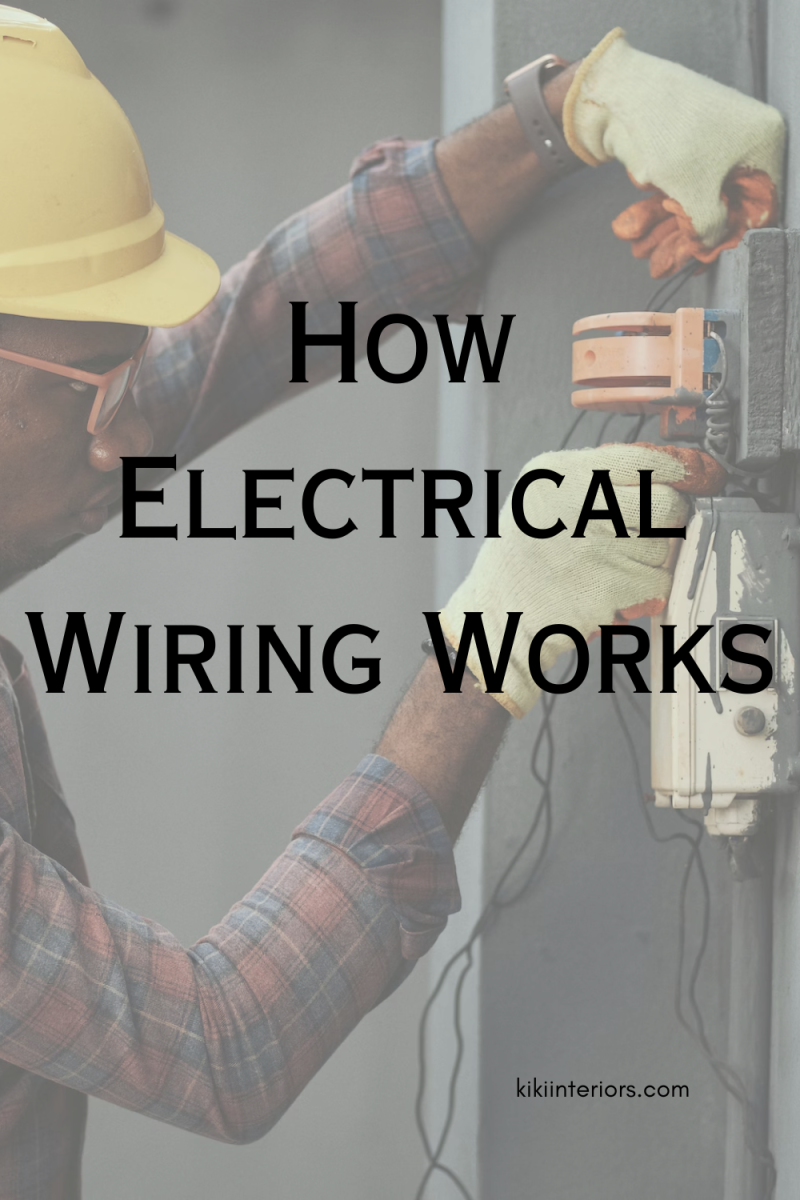
Are you looking to refresh your understanding of electrical work? Wondering about the basics? Exploring the how of electrical wiring is a great first step if you’re looking to learn about electrical work.
You won’t need any experience. It’s also easy to get started if you’ve got a basic understanding of electricity.
Ready to learn the ins and outs of making electricity work? If so, read on! We talk about how electrical wiring works.
The Basics of Electrical Wiring
Electrical wiring is like the highway system that delivers electricity to our homes and workplaces. It’s what powers our lights, gadgets, and appliances. Understanding how it works is essential for everyone.
Think of electrical wiring as a set of roads for electricity. It all starts at a power plant or electrical grid. Electricity there gets sent through big power lines to substations.
These substations turn it into lower-voltage electricity and send it to our homes and offices. This will be through a web of wires hidden behind walls and ceilings. These wires lead to our electrical outlets, switches, and devices, making everything work.
Conductors and Insulators
To grasp electrical wiring, you need to know about conductors and insulators. Conductors are materials that let electricity flow through them easily.
Copper and aluminum wires are good conductors. This is because they allow electricity to move without much resistance. This means less energy will get lost as heat.
Meanwhile, insulators are like traffic barriers for electricity. Materials like plastic, rubber, and wood are insulators because they resist the flow of electricity.
We use these materials to cover and protect wires. This prevents electricity from escaping and keeps us safe from shocks.
Circuits and Pathways
Imagine electrical circuits as maps that guide electricity where it needs to go. A circuit is like a closed loop or a path for electricity to travel through. It has three parts:
- A power source
- Conductors
- Things that use electricity
When you flip a switch, you’re completing a circuit. This allows electricity to flow from the power source, through the wires, and into the device. Circuits are typically designed to keep us safe and make sure electricity flows.
Circuit breakers and fuses are like emergency exits. They stop the flow of electricity if there’s too much or something goes wrong. Understanding circuits helps ensure everything works correctly and safely.
Types of Wiring
There are many types of electrical wiring for different jobs. Two common types are “Romex” and “BX” wiring. Romex wiring uses copper wires and plastic insulation. It’s often used in homes because it’s easy to work with.
BX wiring, on the other hand, uses metal-clad cables with a metal sheath, making it more durable. It’s used in places where wires might get damaged, like factories.
Choosing the right wiring depends on where you’re using it and what the rules say. It’s like picking the right tool for the job. For more on your options, you can check out websites like Long View Lighting.
Learn How Electrical Wiring Works
Electrical wiring is essential for a functioning, safe home. Learning how wiring works requires some effort but is critical to success.
With the right direction and focus, anyone can become an electrical wiring expert. There are tons of resources online that can help you even further.
For more content like this, be sure to head on over to our website. We put out articles like this daily, so you’ll surely find something interesting!




